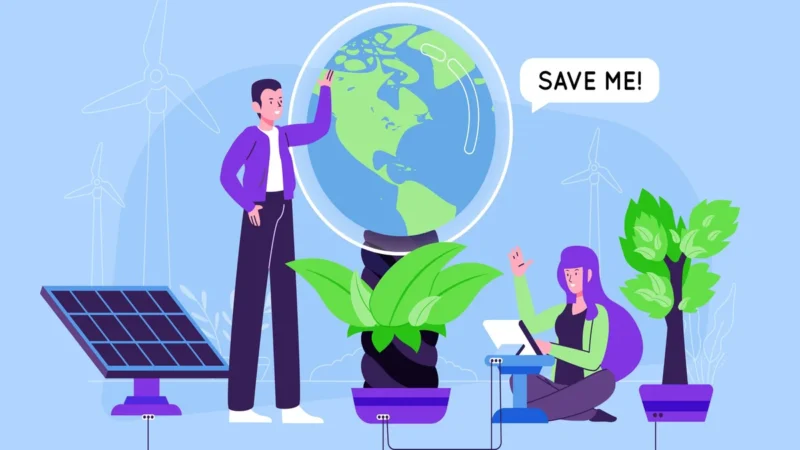Green Hydrogen: The Role of Green Hydrogen in Our Future Energy

Green hydrogen has emerged as a promising contender in the global pursuit of sustainable energy solutions. Its potential lies in transforming how we produce and utilize energy, offering a clean alternative to fossil fuels, and addressing the challenges posed by climate change.
At its core, green hydrogen, denoted as H2, is produced through a process called electrolysis, wherein renewable energy sources such as solar or wind power are used to split water molecules into hydrogen and oxygen. This method ensures zero carbon emissions, unlike conventional hydrogen production methods reliant on fossil fuels.
The role of green hydrogen in our future energy landscape is multifaceted and pivotal. One of its primary advantages is its versatility. Hydrogen can be stored and transported relatively easily, making it a viable option for energy storage and distribution. This flexibility enables its utilization across various sectors, including transportation, industry, and electricity generation.
In the transportation sector, green hydrogen holds immense promise as a clean fuel source. Fuel cell electric vehicles (FCEVs) powered by hydrogen offer longer ranges and shorter refueling times compared to battery electric vehicles (BEVs). Moreover, hydrogen fuel cells can be used in heavy-duty vehicles like trucks and buses, addressing the challenges faced by battery-powered solutions in these domains.
Industries, particularly those with energy-intensive processes, also stand to benefit from the adoption of green hydrogen. Sectors like steel and cement production, which heavily rely on fossil fuels, can reduce their carbon footprint by integrating hydrogen as a clean energy input. This transition could significantly contribute to decarbonizing these traditionally hard-to-abate sectors.
The integration of green hydrogen into the energy mix also enhances grid stability. Its storage capabilities enable the balancing of intermittent renewable sources like solar and wind power. During periods of excess renewable energy production, surplus electricity can be used for hydrogen production, effectively storing energy for later use when renewable generation is insufficient.
However, despite its potential, widespread adoption of green hydrogen faces challenges. One major hurdle is the cost of production. Currently, green hydrogen is more expensive to produce compared to hydrogen derived from fossil fuels. To achieve cost competitiveness, advancements in electrolysis technologies and scaling up production are necessary.
Infrastructure development is another critical aspect. Establishing a robust hydrogen infrastructure, including production facilities, storage solutions, and a distribution network, requires significant investment and coordination among various stakeholders. Governments, industries, and investors need to collaborate to build the necessary infrastructure for a hydrogen-based economy.
Policy support and incentivization also play a crucial role. Governments worldwide are implementing policies and incentives to encourage the use of green hydrogen, such as subsidies, tax credits, and regulations favoring its adoption. These measures are instrumental in driving market demand and accelerating the transition towards a hydrogen-based energy system.
Key Takeaways
Green hydrogen holds immense promise as a clean, versatile, and sustainable energy carrier with the potential to revolutionize our energy landscape. Its integration into various sectors can significantly contribute to mitigating climate change and advancing towards a greener, more sustainable future. However, overcoming cost barriers, scaling up production, and investing in infrastructure are pivotal steps in unlocking its full potential. With concerted efforts and continued innovation, green hydrogen can play a transformative role in shaping our energy future.


